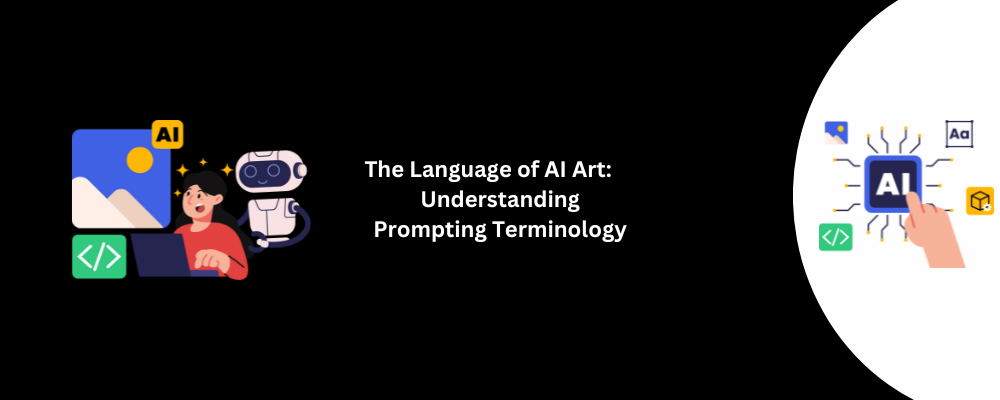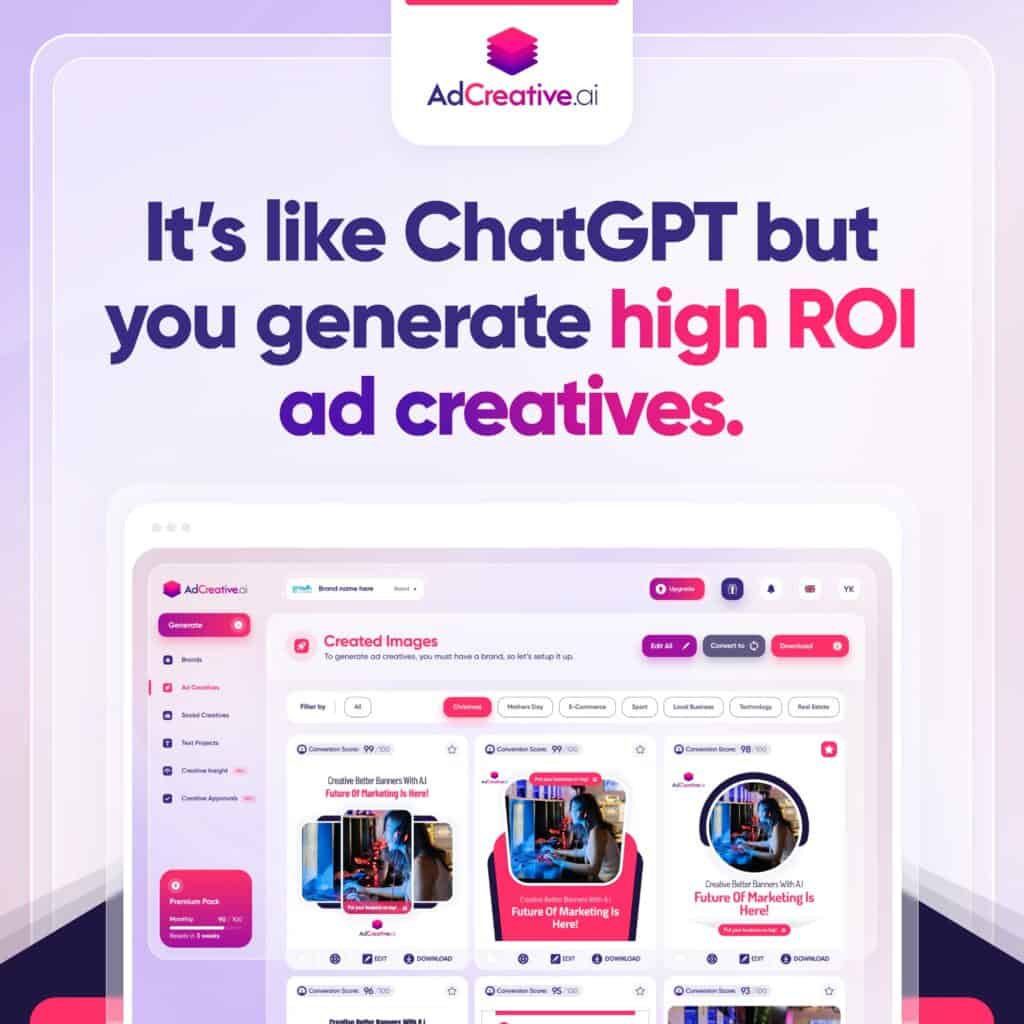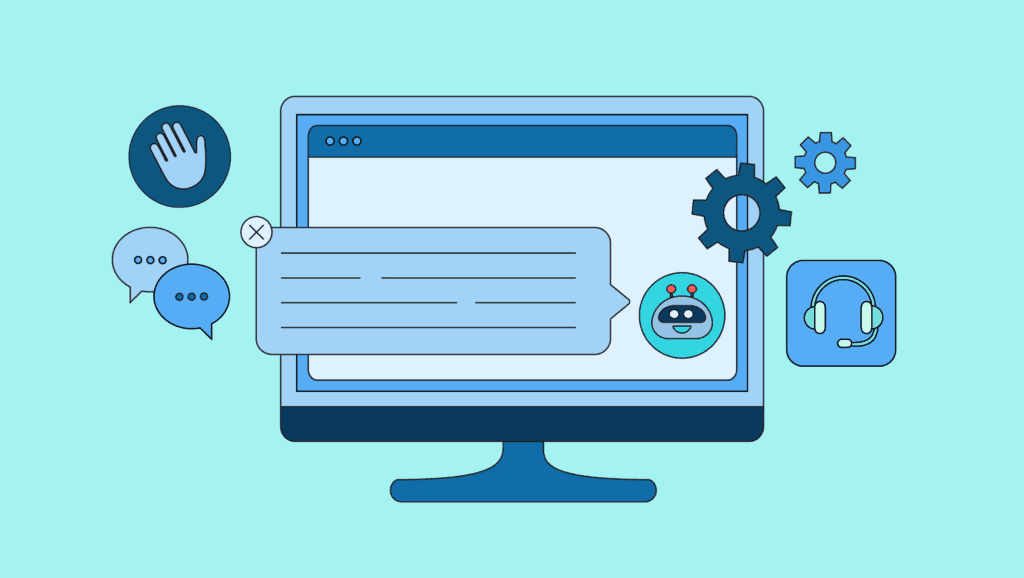If you’ve recently explored the fascinating world of AI-generated art, you might have noticed a unique language that accompanies it. This language, filled with specific terms, is essential for creating stunning and innovative AI art. Whether you’re a beginner or looking to refine your skills, this guide will help you understand the key terminology used in AI art prompting.
What is an AI Art Prompt?
AI Art Prompt: The Starting Point
The AI art prompt is the foundation of any AI-generated artwork. Think of it as the instruction manual for the AI, guiding it on what to create. A prompt can be as simple as “a serene landscape” or as complex as a detailed description including style, mood, and subject matter. This text-based command serves as the starting point, shaping the final outcome of the art piece.
Text Prompt: Crafting the Perfect Input
A text prompt specifically refers to the textual input given to the AI. It can be brief or highly detailed, depending on what you want the AI to generate. For example, a short text prompt might be “a sunset over the mountains,” while a detailed one could describe the colors, lighting, and even the artistic style you want the AI to mimic. The level of detail in your text prompt can significantly influence the final artwork.
Exploring Artistic Styles and References
Art Style: Mimicking the Masters
When you want your AI art to resemble the works of famous artists like Picasso or Monet, you’re referring to an art style. This term instructs the AI to apply characteristics of specific art movements or artists to the generated image. For example, you might prompt the AI to create an image in the style of impressionism, giving it the guidance to replicate the brushstrokes and color palettes that define that movement.
Reference Images: Visual Inspiration
Sometimes, words alone aren’t enough to convey your vision. That’s where reference images come into play. These images serve as visual prompts or inspiration for the AI. By providing reference images, you can guide the AI to create something new that’s inspired by or based on these visuals. This is particularly useful when you want the AI to replicate a specific style, texture, or color scheme.
Mastering Prompt Engineering
Prompt Engineering or Promptcraft: The Art of Crafting Prompts
Prompt engineering, also known as promptcraft, is the skill of crafting the perfect prompt. It involves understanding how different words, styles, and references interact with the AI’s algorithm to produce the desired artistic outcome. Mastering this art allows you to communicate more effectively with the AI, leading to more accurate and visually appealing results.
Megaprompt: Going Beyond the Basics
A megaprompt is a highly detailed or complex prompt that acts almost like a mini-program. It guides the AI through multiple steps or elements to create a nuanced piece of art. For example, a megaprompt might include instructions for the overall composition, lighting, color scheme, and specific artistic details. This level of complexity allows for the creation of more intricate and layered artworks.
Fine-Tuning the Visual Elements
Lighting and Color Schemes: Setting the Scene
Lighting and color schemes are crucial elements in any piece of art, and AI-generated art is no exception. Terms like “golden hour glow” or “neon lighting” define the lighting in the artwork. Similarly, specifying a particular color palette can direct the AI towards a specific aesthetic or mood. These elements help set the tone and atmosphere of the final piece, making them essential parts of the prompt.
Framing: Positioning the Subject
Framing refers to how the subject is positioned within the image. Terms like “close-up,” “wide shot,” or “bird’s eye view” can be included in prompts to dictate the composition. By specifying the framing, you can control how the viewer’s eye moves through the artwork, creating a more dynamic and engaging piece.
Resolution and Detail: Enhancing Clarity and Intricacy
Prompts might also include terms like “8k resolution” or “high detail” to influence the clarity and intricacy of the artwork. Higher resolution prompts lead to sharper images with more detail, while lower resolution prompts might result in a more abstract or painterly effect. Understanding how resolution and detail affect the final outcome allows you to tailor your prompts to achieve the desired level of refinement.
Exploring Artistic Mediums and Moods
Artistic Medium: Choosing the Right Texture
Mentioning specific artistic mediums in your prompts, like “oil painting,” “watercolor,” or “digital art,” tells the AI which texture and style to emulate. Each medium has its own unique characteristics, and by specifying one, you can guide the AI to create art that mimics the look and feel of traditional or modern techniques.
Mood and Emotion: Setting the Tone
Words like “melancholic,” “joyful,” or “eerie” are used to set the emotional tone of the artwork. By including these terms in your prompts, you can influence how the AI interprets the scene, adding depth and complexity to the final piece. Whether you want to evoke a sense of nostalgia or create a futuristic vibe, mood and emotion are key components of a successful AI art prompt.
Defining the Subject
Subject: Focusing on the Main Element
The subject is the main focus of the artwork. It could be anything from “a futuristic city” to “a mythical creature.” By clearly defining the subject in your prompt, you ensure that the AI understands what the central element of the artwork should be. This clarity helps the AI create a more cohesive and visually appealing piece.
Conclusion: The Power of Experimentation
The beauty of AI art prompting lies in experimentation. By combining these terms in unique and creative ways, you can unlock new possibilities and create unexpected art pieces. Whether you’re aiming for a “steampunk Venice” or a “cybernetic forest in Van Gogh’s style,” mastering this terminology not only enhances your ability to communicate with AI but also expands the horizons of digital artistry.
This guide is designed to help you navigate the evolving lexicon of AI art creation, encouraging you to explore and refine your prompting skills. The more you experiment, the more you’ll discover the limitless potential of AI-generated art.
Unlocking the Power of Music Visualizers: A Guide to Enhancing Your Audio Experience




